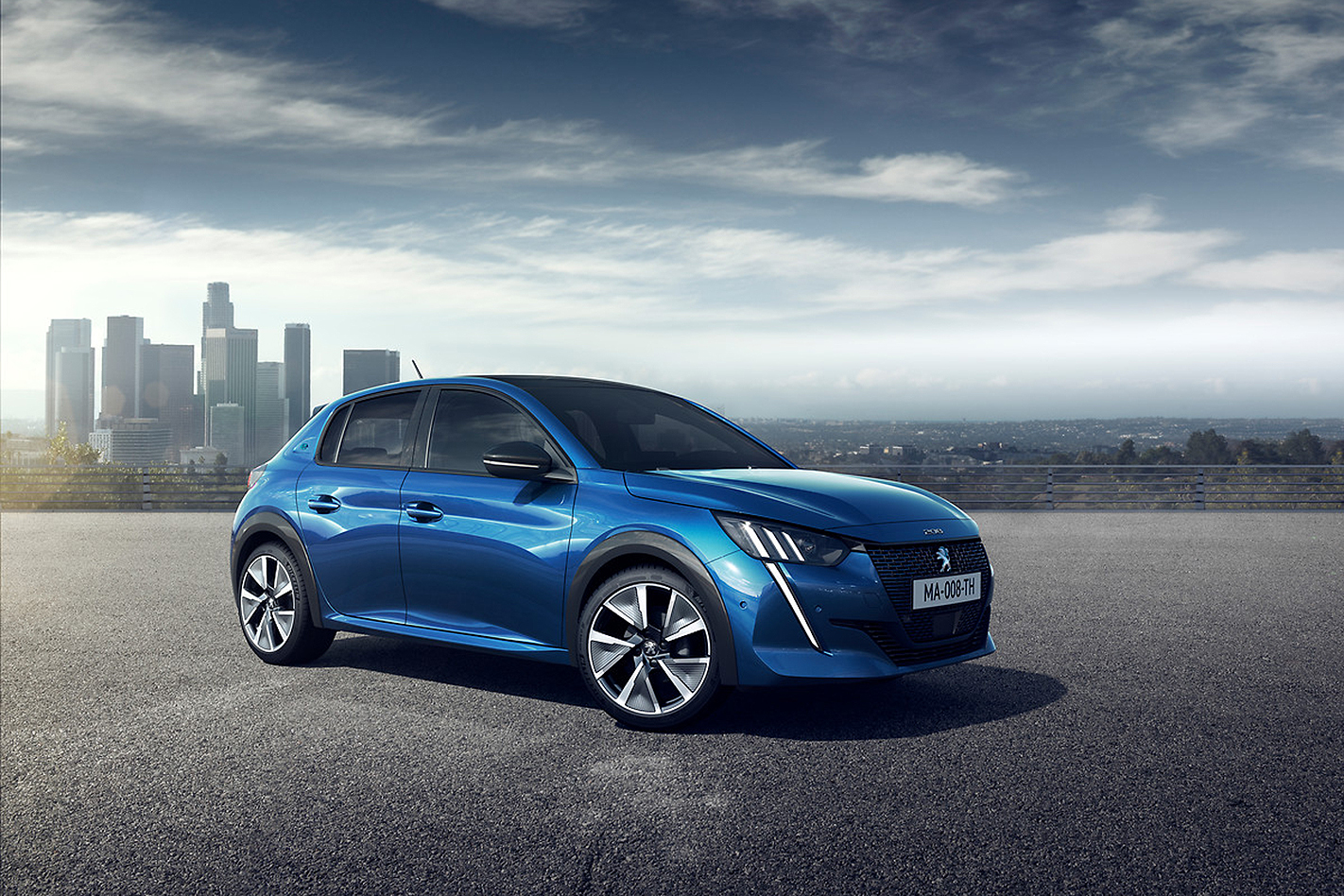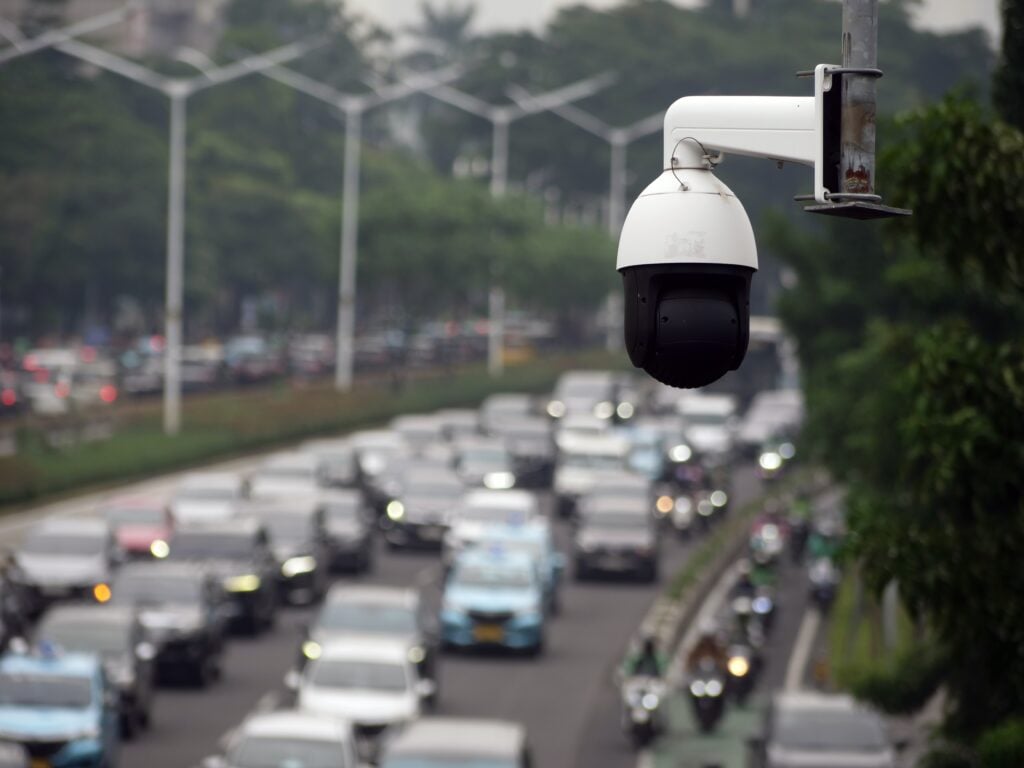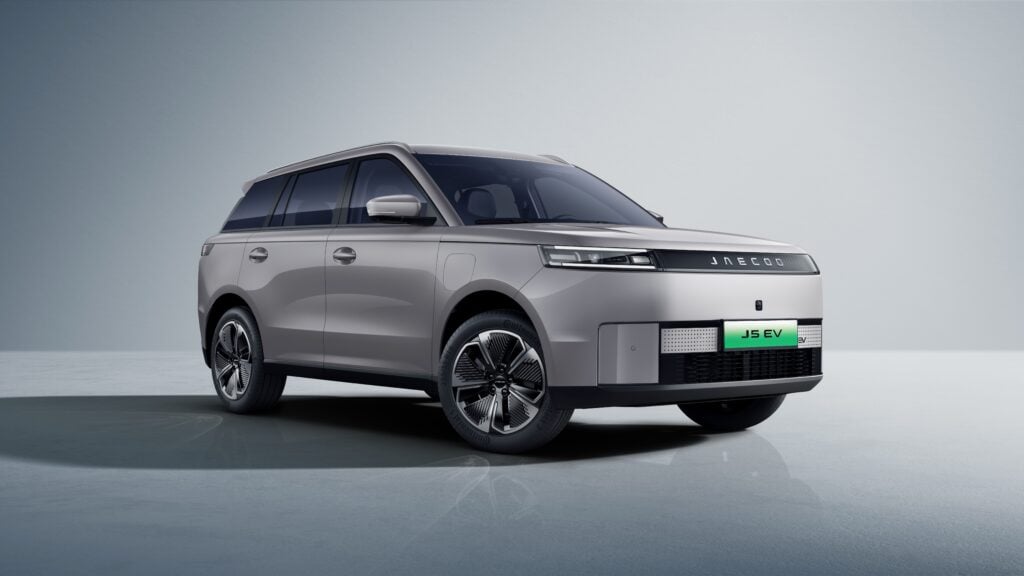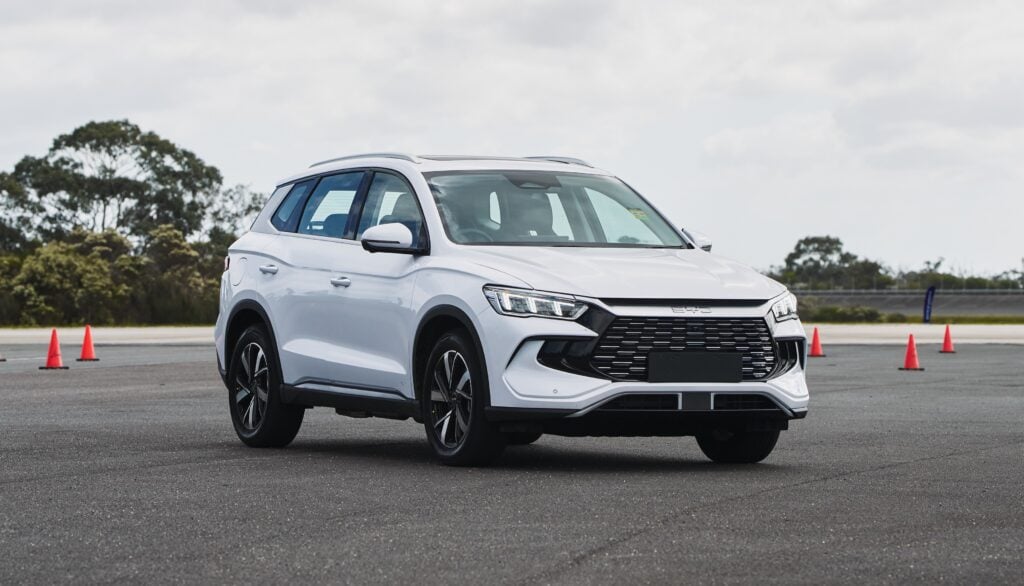Industry figures are concerned about the surge in Aussies seeking to import second-hand electric vehicles from overseas, claiming they could pose problems with battery disposal and future emissions targets.
Interest in importing new or used EVs has spiked in recent months, according to several sources, due to fuel prices going up at the bowser – with more rises expected when the temporary cut to the excise ends later this month.
But while many say a growing tide of ‘grey imports’ of electric vehicles is a good thing because it offers more choice in our market that currently aren’t available – mostly due to lagging fuel-efficiency standards – and at a lower price point, some groups claim they should “not become part of the mainstream”.
According to the Federal Chamber of Automotive Industries (FCAI), grey imports (models that make their way to Australia outside of the normal volume import process carried out by carmakers) should be limited to classic or specialist cars – such as disability vehicles not offered locally.“In our view, grey imports should be restricted to specialist and enthusiast people, they should be extremely rare and limited in their volume because they should not be part of the mainstream market,” said FCAI Chief Executive Tony Weber.
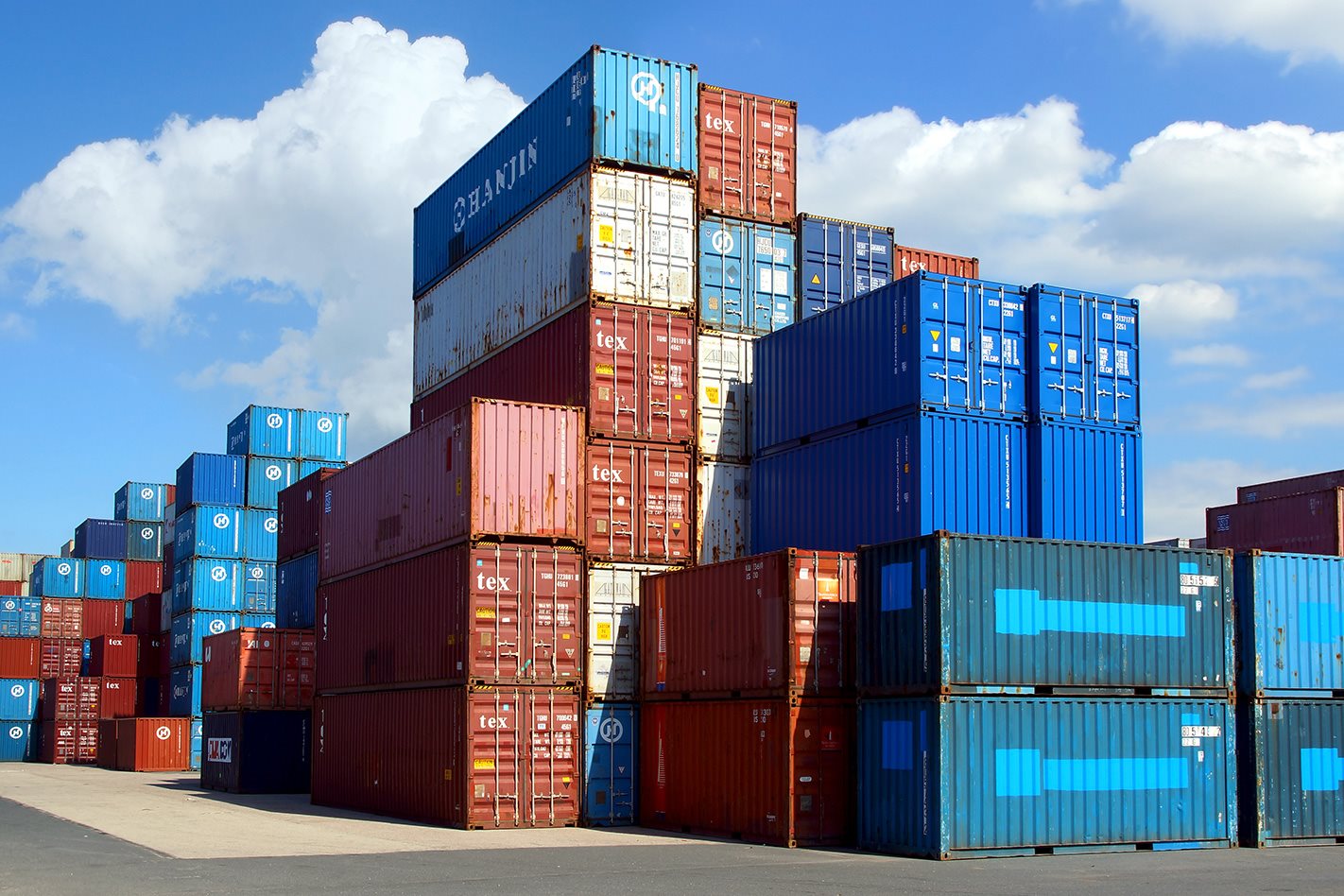
“When they do become part of the mainstream there are complications about owning them. Specialists and enthusiasts understand those complications and are happy to live with them. And quite often they [the vehicles] are not used as daily transport.
“My concern is that when they become part of the mainstream, and especially when they’re sold second-hand, there are consumers who buy them who do not understand that they are grey imports and they get hit. The best example of that is the inability of the Commonwealth to take off the road grey imports that have Takata airbags.”
Earlier this year, Wheels exclusively revealed thousands of overseas vehicles flooding into Australia under new import laws could pose a safety risk due to flaws in the way they are recalled.
The responsibility for recalling (and therefore fixing) grey import cars when things go wrong doesn’t lie with the original manufacturer – as it does with new vehicles – meaning buyers could be exposed to spiralling financial costs and legal issues.
Wheels understands that the first time the scale of the problem was truly discovered was as part of the global mandatory Takata airbag recall, which began in 2013.
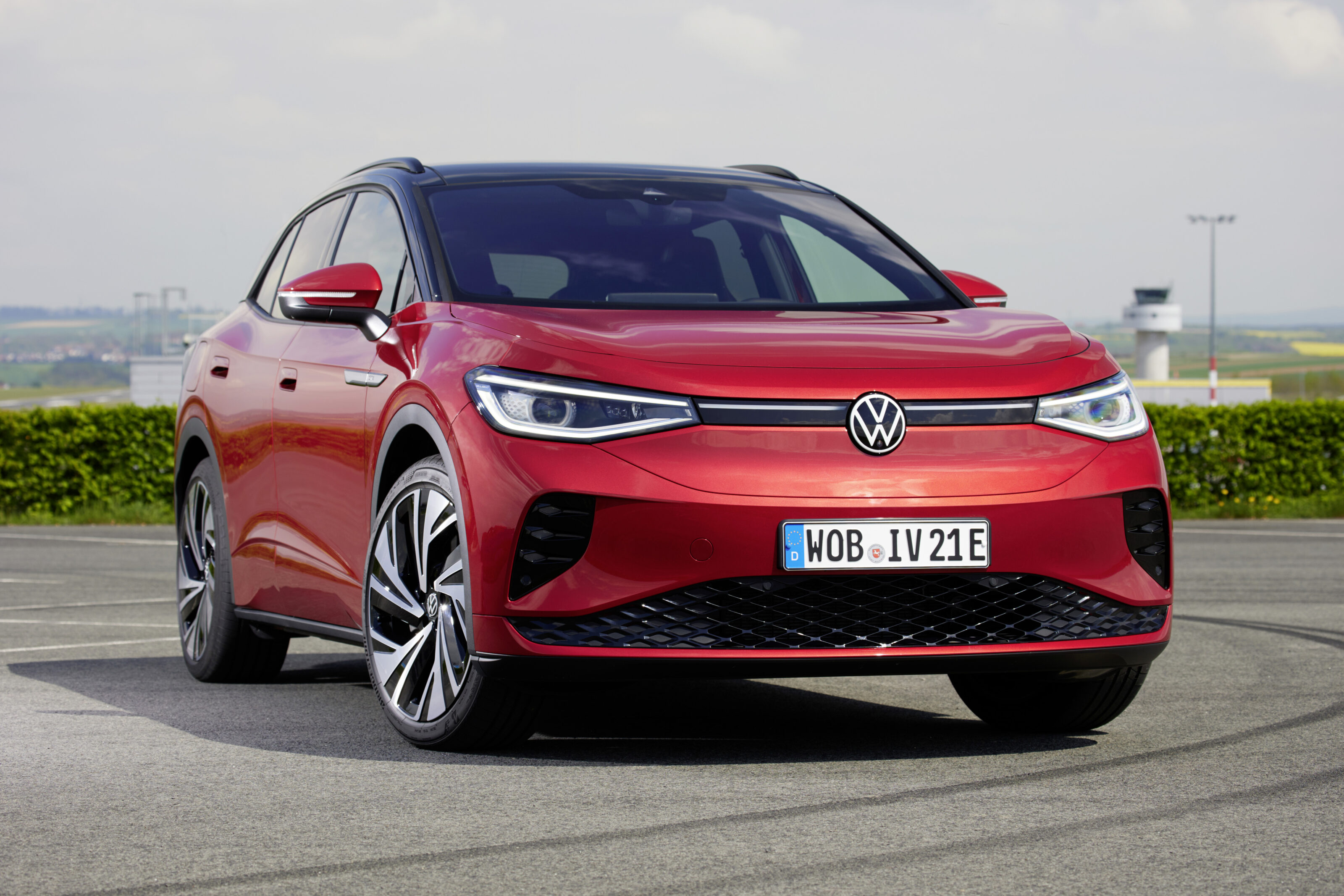
While OEMs were legally required to contact owners of any cars they had sold in Australia which had been fitted with the faulty airbags, they were not responsible for grey imports.
In that case, carmakers approached the Government and asked for lists of their vehicles and fixed them as a gesture of good-will – as well as to manage any resulting reputational damage.
The FCAI’s view is somewhat supported by the dealer network, which is also urging caution when it comes to importing EVs from overseas.
“With the limits removed on the number of vehicles allowed to be brought in under the Government’s Specialist and Enthusiast Vehicle Scheme, we are seeing a growing number of used cars being imported into Australia and added to the fleet,” said James Voortman, CEO of the Australia Automotive Dealers Association (AADA).
“As the Government considers a vehicle emissions standard it will need to decide how grey imports will be dealt with, because globally standards have generally applied to new cars only.
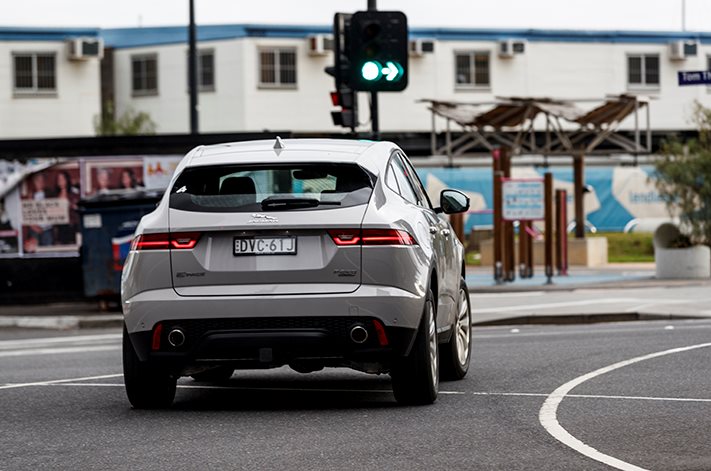
“To lower Australia’s emissions, it is important that the Government considers all of the vehicles – new and used – being imported and added to the nation’s vehicle fleet.
“Used vehicles are now being imported under the new scheme, so it’s important we get some transparency to understand what kind of cars are being added and how they will affect the Government’s plans for lowering vehicle emissions.
“I believe there are questions we should be asking. How old are these cars? Is Australia getting stuck with the responsibility of disposing of batteries reaching the end of their life? Will advances in battery technology render these older batteries yesterday’s technology? Are they subject to any recalls?”
Despite the reservations of some, there is much support for the idea of bringing more electric vehicles to our shores by other means that waiting for car manufacturers to offer them to us directly.
A report released by think tank Climateworks last month found that in the context of high demand but low EV supply and high up-front prices, boosting second-hand EV imports can help bring more low-cost options to Australia.
Currently, all second-hand vehicles, including EVs, face import restrictions. This includes a requirement that any vehicle model being considered has not been available for sale in Australia recently, as well as a series of technical compliance checks.
Making this access easier for EVs was highlighted in the report, and has been recommended to Government repeatedly on previous occasions, such as by the Productivity Commission and the Australian Competition and Consumer Commission (ACCC) in 2014, and the Harper Review in 2015.
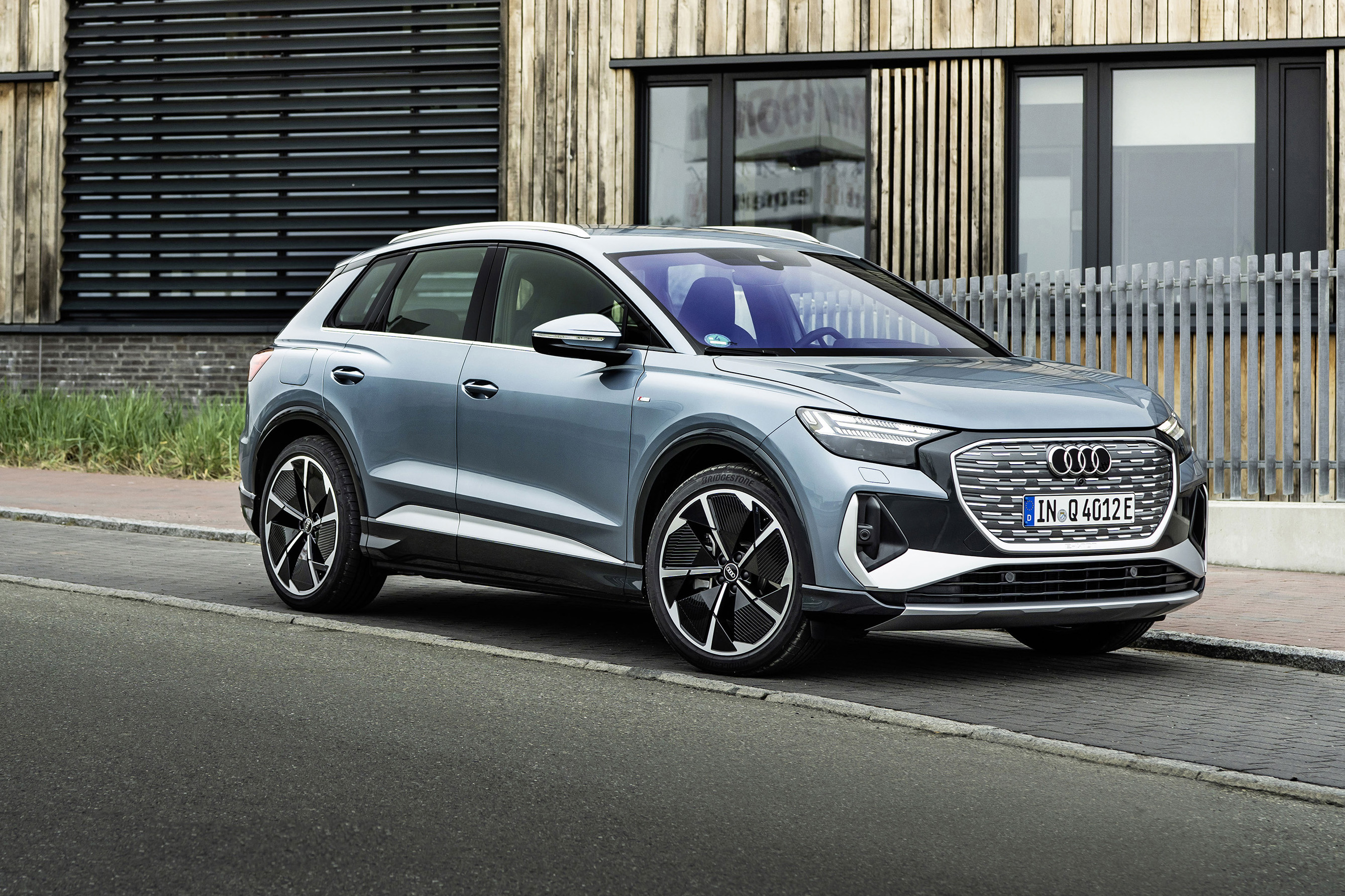
One of Australia’s major importers, Iron Chef Imports, has been bringing electric vehicles – such as the Nissan Leaf – here for years, and says it is actually not all that different to what it is for petrol or diesel cars.
“The process is generally no different to importing any other vehicle, aside from checking the battery’s state of health prior to purchase. Our customers approach us with their budget, and we source and import the best possible vehicle they can get for their money,” said Director Kristian Appelt.
“It’s mainly just making sure the battery is in good condition. For Nissan Leafs, for example, our auction agents have a program they use to check a battery’s state of health (SoH expressed as a percentage) and a range of other interesting data. For our clients, we avoid buying vehicles where the SoH has dropped below 85 per cent, as it can be an indicator that some individual cells are on the way out. Thankfully, there are also a number of new companies in Australia now providing battery refurbishment services (as opposed to replacement of the entire battery) that are far cheaper than was the case before.”
According to Appelt, in recent months the firm has seen more potential customers enquiring about importing an EV than ever before and believes it could be a good thing for Aussies.
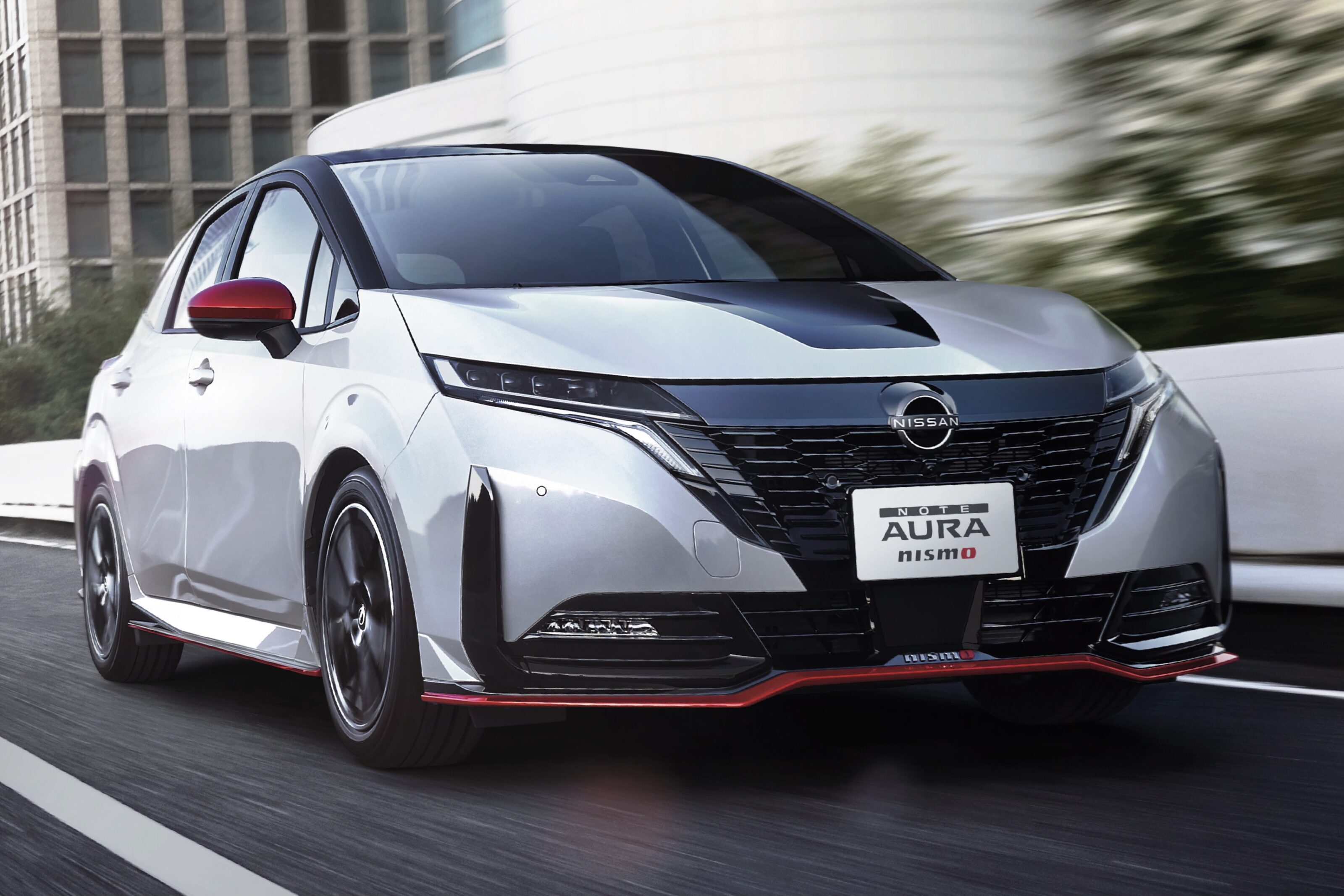
“In terms of pure EVs we import around 30-40 a year. But interest has definitely increased since petrol prices spiked. The Nissan Leaf is the most common one, but we’re also seeing a lot more interest in hybrids, particularly series hybrids like the Nissan Note e-Power – which offer the EV driving experience, but without the range anxiety. These are a good stepping stone for buyers hesitant about making the leap straight to an EV.
“In terms of vehicles that are new or near-new, the biggest benefit is being able to purchase models that the manufacturers, for whatever reason, have chosen not to supply to Australia. For slightly older vehicles, it’s about enabling EV enthusiasts to access environmental vehicles (so hybrids and EVs) at more affordable prices, and often with more features than the options available new.
“The main drawback is an unwillingness by local dealers to provide support for imported vehicles, whether it be for parts and servicing, or for vehicle recalls. This is despite having the processes in place to do so, and already providing such support in other countries such as New Zealand. With demand for used imported EVs growing, we’re now seeing aftermarket businesses spring up to support owners, in areas such as battery-cell replacement, sourcing of factory parts online, or converting of Japanese infotainment screens to Australian specs.”
Indeed in many ways what’s going on over the ditch is seen as being much more progressive than what we have here. While there are a handful of importers bringing EVs to our shores, in New Zealand it is already a thriving industry – bolstered by the recent introduction of the country’s Clean Car Policy, with rebates offered on used as well as new electric vehicles. In Australia currently only Tasmania does the same thing.
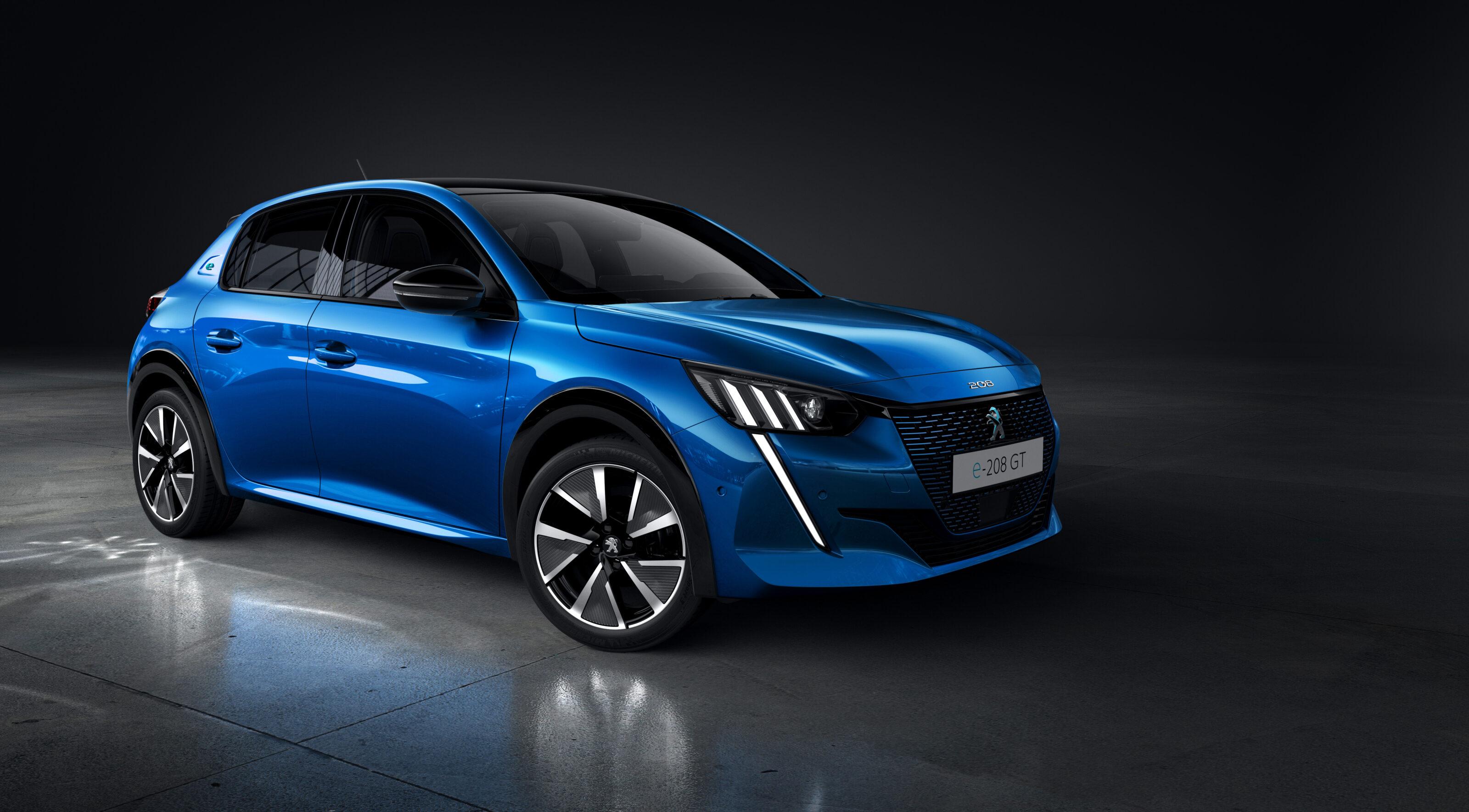
Sally Roberts, Director of high-end firm European Car Imports in NZ, told Wheels the changes there could have the potential to shake up the import market as manufacturers are able to start bringing more models available overseas.
The company has brought a number of vehicles to the NZ market for the first time, and typically imports cars such as the Volkswagen ID.3 and ID.4, Audi Q4 E-Tron, Peugeot e-208 and Jaguar E-Pace.
“The benefit of importing is that it means there are more options available or you can get cars 1-3 years before they might come here otherwise, or it is a model than comes here but not in a a certain specification – such as one with a bigger battery etc,” she said.
“People are talking about the Clean Car Policy a lot, but it hasn’t really had an impact on our end of the market, possibly it might on the more standard end. It could mean in the long term there is an impact on importers, because if more manufacturers are bringing more makes and models here then there wouldn’t be the need to import unless there was a substantial price difference. Even then though, there will always be cars that don’t come here because Australia and NZ are quite small markets. It will be interesting to watch how things go.”
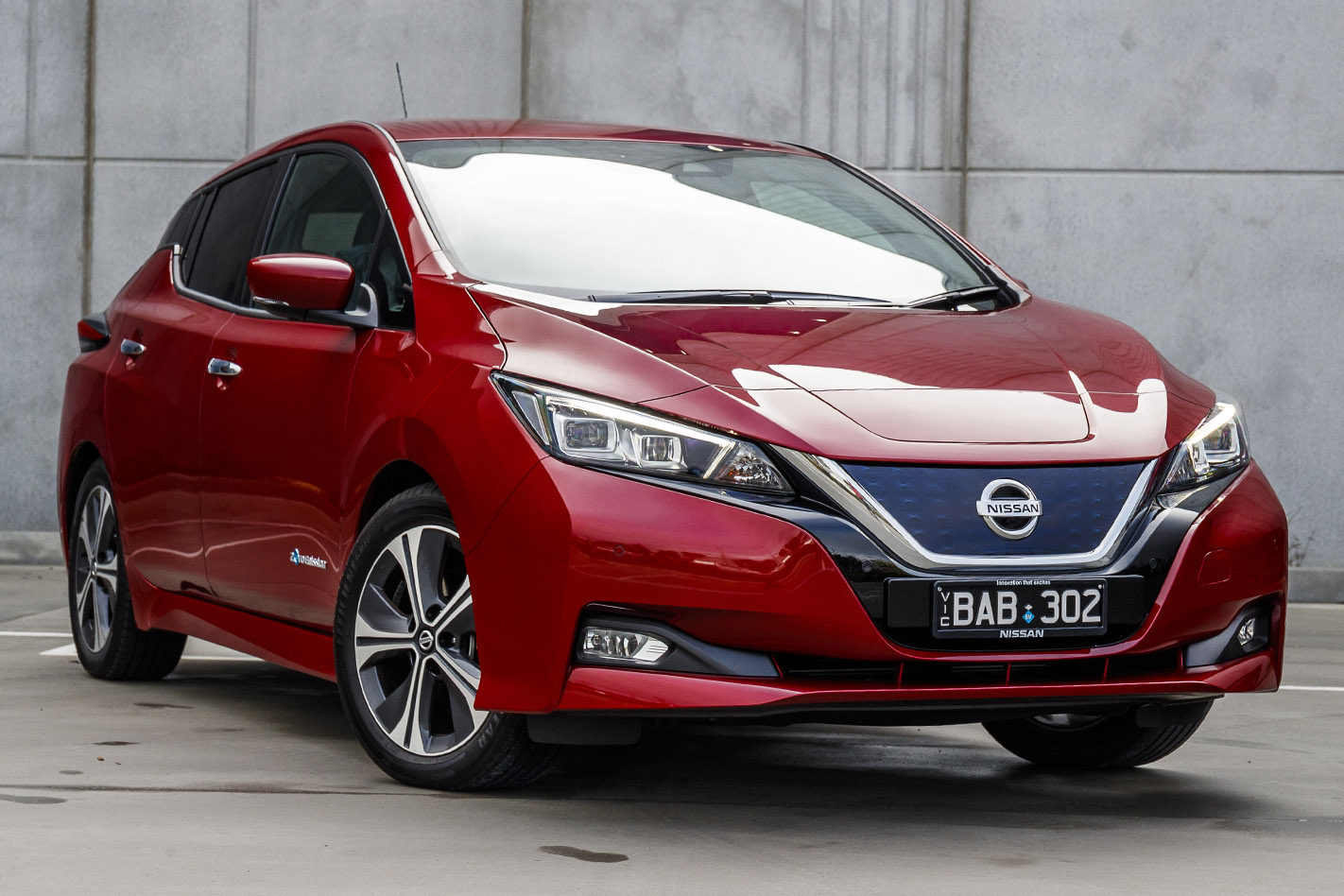
Anthony Broese van Groenou, Co-founder and Director of Australian EV importer the Good Car Company, said EV imports are entirely necessary if this country is going to reach our emissions reductions targets.
“We do all we can to make EVs affordable and accessible,” he told us. “Imported EVs offer greater choice compared to the limited variety of models available domestically.
“We de-risk the process of purchasing second-hand EVs by providing battery diagnostics, mechanical and aesthetics checks. We carry a warranty for both battery and body, a return policy, national servicing and roadside assist and ongoing support. We also offer battery upgrades and replacements. We’re setting the benchmark for the import industry by creating the safest place to buy a second-hand electric vehicle.”


